Good soil preparation in the spring means great plants for years to come
by Steven Nikkila
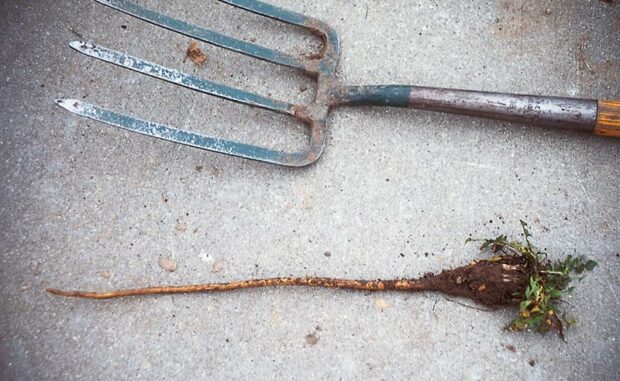
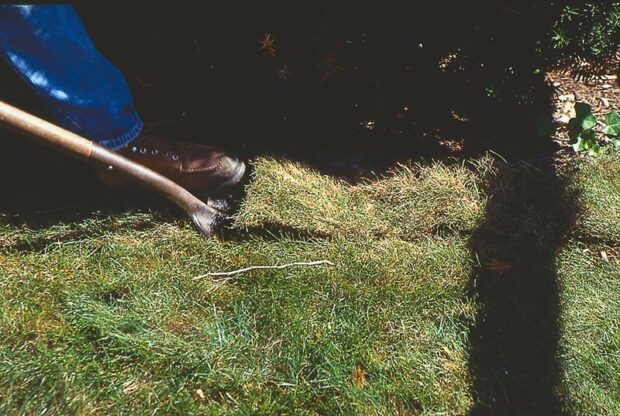
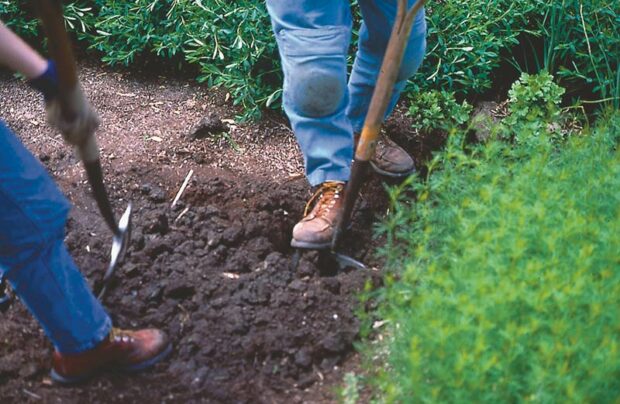
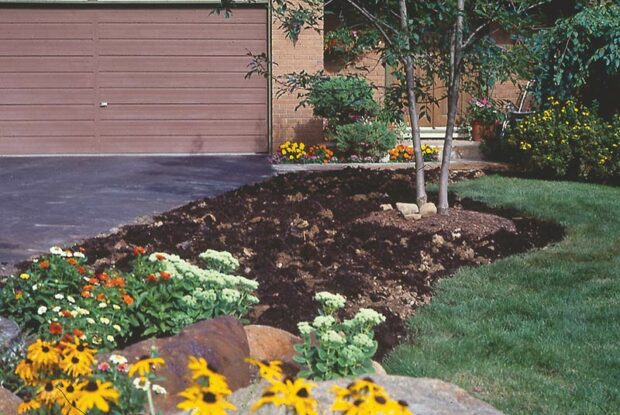
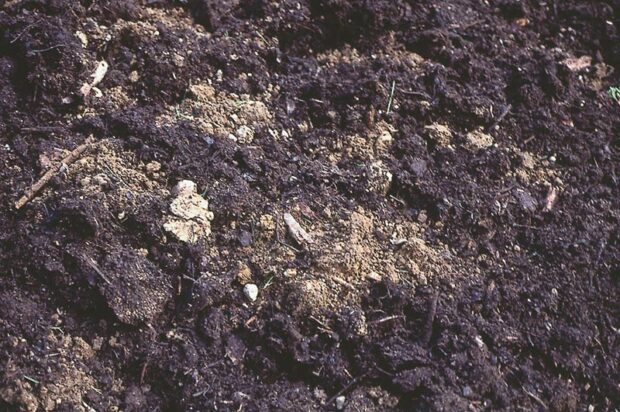
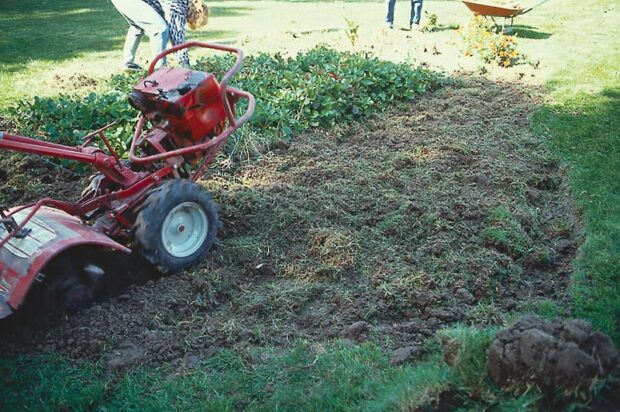
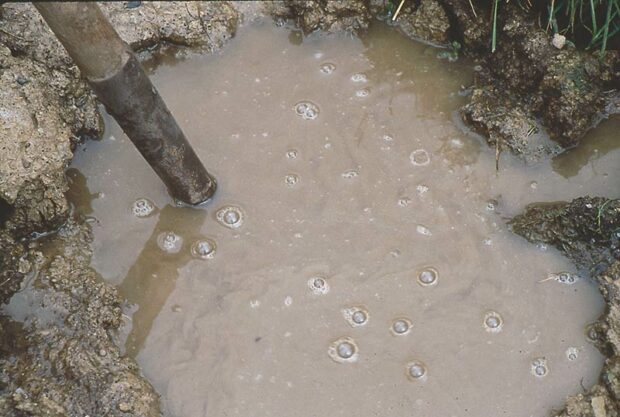
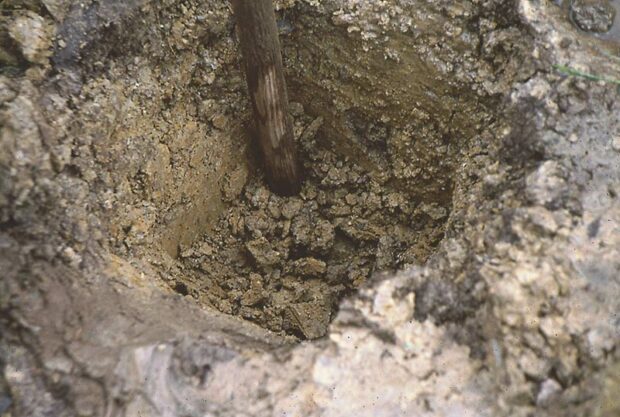
Article and photos by Steven Nikkila, www.gardenatoz.com.
Elsewhere: Managing your summer compost
PLEASE NOTE: In the autumn of 1995, we hatched the idea for a free, local gardening publication. The following spring, we published the first issue of Michigan Gardener magazine. Advertisers, readers, and distribution sites embraced our vision. Thus began an exciting journey of helping our local gardening community grow and prosper.
After 27 years, nearly 200 issues published, and millions of copies printed, we have decided it is time to end the publication of our Print Magazine and E-Newsletter.
by Steven Nikkila








Article and photos by Steven Nikkila, www.gardenatoz.com.
Elsewhere: Managing your summer compost
Copyright 1996-2025 Michigan Gardener. All rights reserved.